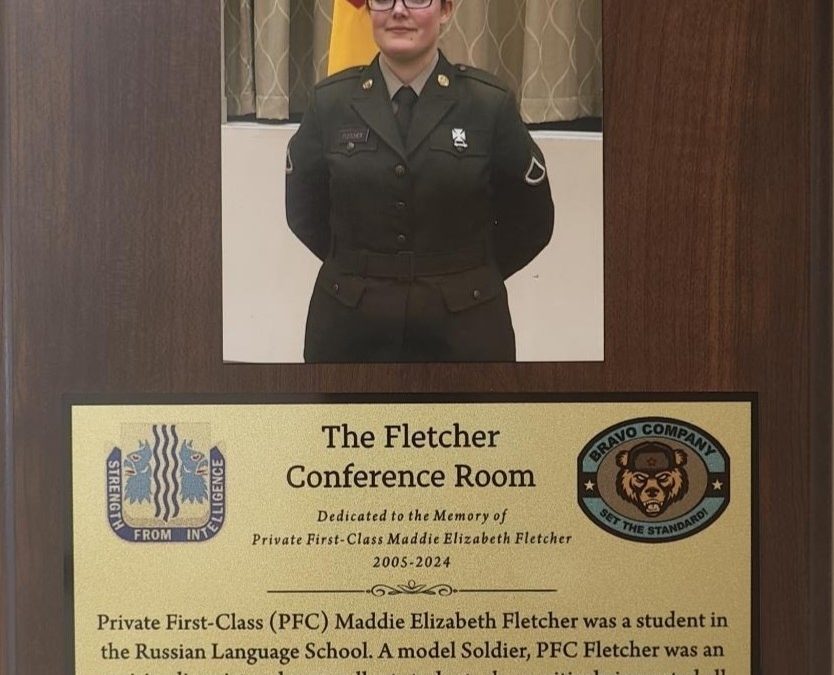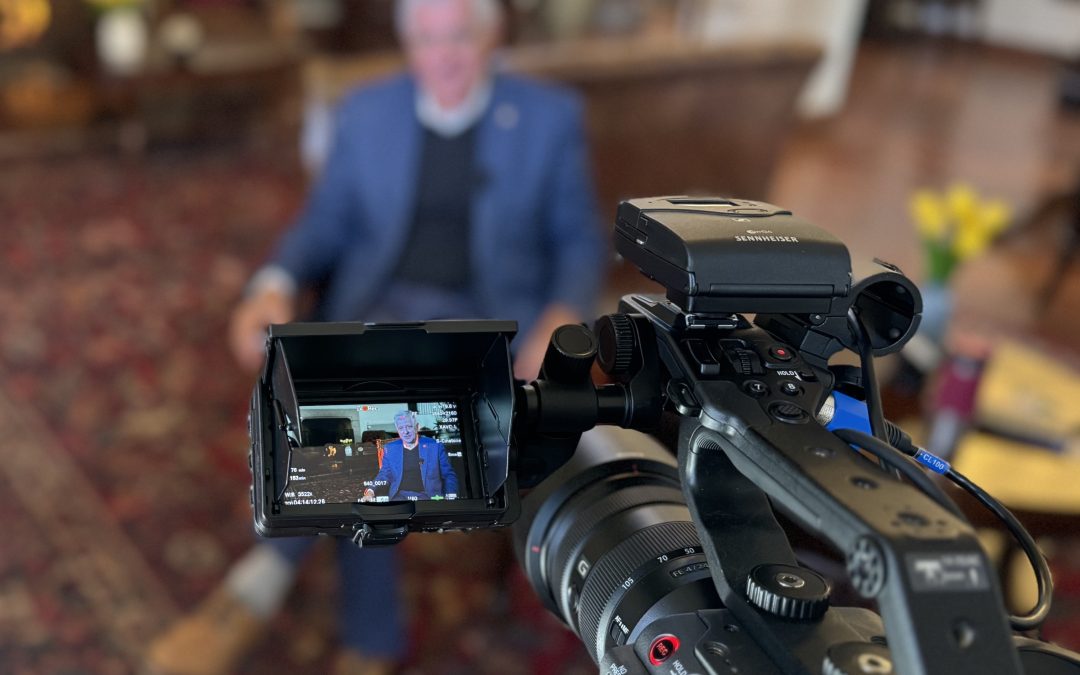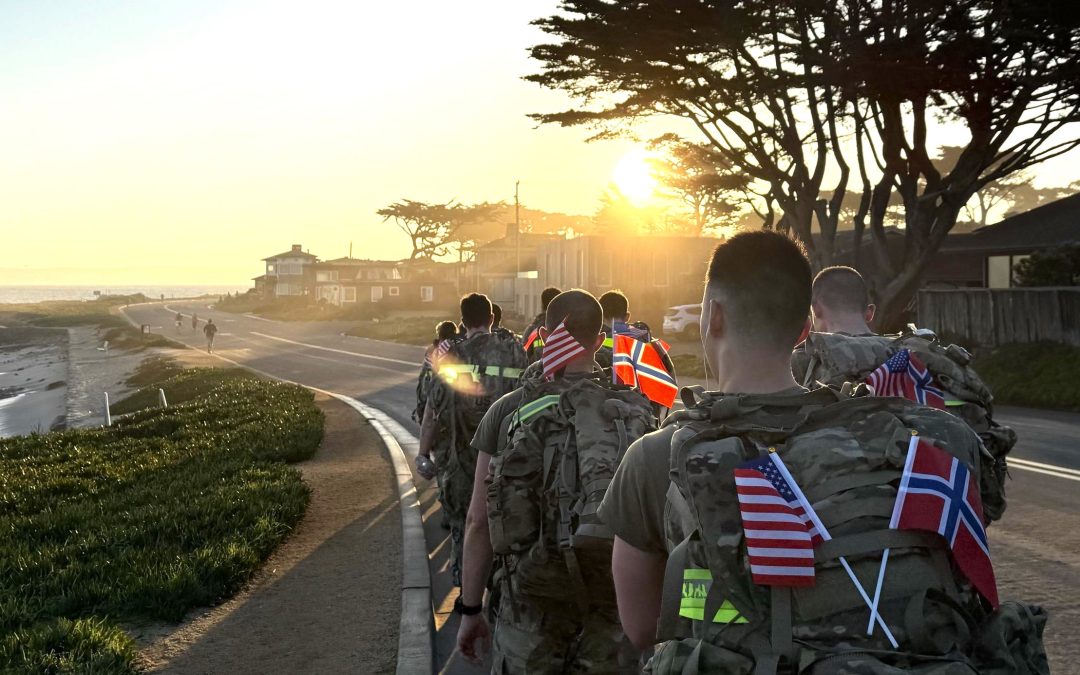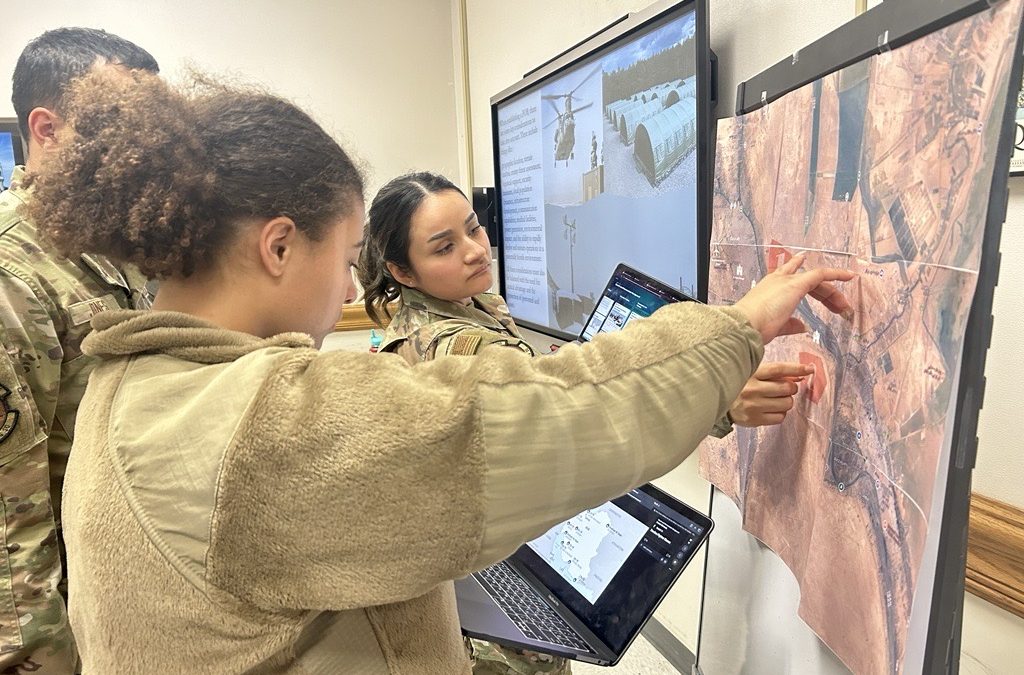By Patrick Bray
DLIFLC Public Affairs

The National Japanese American Historical Society paid tribute to World War II Nisei veterans Nov. 14 at the Military Intelligence Service Historic Learning Center on Crissy Field in San Francisco. (Photo by Patrick Bray, DLIFLC Public Affairs)
SAN FRANCISCO – Marking the second anniversary of the opening of the Military Intelligence Service Historic Learning Center on Crissy Field in San Francisco, veterans, their families and guests gathered together to mark Veterans Day on Nov. 14.
“Without you, the Nisei veterans, there would be no Defense Language Institute,” said guest speaker, Col. Phillip Deppert, commandant of the Defense Language Institute Foreign Language Center in Monterey, California. “I am here to thank you personally, from the bottom of my heart, for the things you have done in the service of this great nation.”
DLIFLC in fact traces its history to the eve of World War II when the Army decided to establish a secret language school with soldiers of Japanese descent, called Nisei. Numbering around 60, the second generation Japanese-Americans undertook language studies just five weeks before Pearl Harbor, in an abandoned aircraft hangar at the Presidio of San Francisco on Nov. 1, 1941.

Col. Phillip Deppert, commandant of the Defense Language Institute Foreign Language Center in Monterey, California, addresses the World War II Nisei veterans Nov. 14 at the Military Intelligence Service Historic Learning Center on Crissy Field in San Francisco. (Photo by Patrick Bray, DLIFLC Public Affairs)
“These brave Soldiers not only fought like lions and used their language skills, but they had a strategic impact – interpreting for generals, working the peace negotiations, or as court translators during the post-war trials,” said Deppert.
Stressing the importance of the Nisei role during the humble beginnings of the institute that is today located at the Presidio of Monterey, Deppert spoke about their legacy in the creation of what is the largest foreign language school in the United States.
“We have come a long way from our modest beginnings here in 1941…Today, we teach 23 resident languages with the capacity to instruct another 65 through our Washington, D.C., office. All said and told, we have graduated more than 200,000 linguists since 1941,” said Deppert.
Though the Presidio of San Francisco today is closed, the hangar where it all began almost 75 years ago still remains as part of the Golden Gate National Recreation Area just below the Golden Gate Bridge. To honor the Nisei’s service and sacrifice, the National Japanese American Historical Society established the MISL Center as place where younger generations could see Nisei accomplishments and bravery during the World War II.

A Nisei veteran looks at an exhibit at the Military Intelligence Service Historic Learning Center on Crissy Field in San Francisco Nov. 14. The National Japanese American Historical Society paid tribute to World War II Nisei veterans during a ceremony at the learning center. (Photo by Patrick Bray, DLIFLC Public Affairs)
Other speakers included the Consul General of Japan in San Francisco, Jun Yumada, and personal reflections from Nisei veterans.
The success of the first few Nisei linguists convinced the War Department to establish Japanese-American combat units, such as the 442nd Regimental Combat Team that fought in Italy, France and Germany.
According to Maj. Gen. Charles Willoughby, Gen. Douglas MacArthur’s Chief of Staff for Military Intelligence, “The Nisei shortened the Pacific War by two years and saved possibly a million American lives.”
Lawson Sakai, a veteran of the 442nd, said that he is often asked why Nisei were so willing to serve while their families were being interred under an executive order during World War II.
“If we had not served, people would look upon the Nisei as an idle group. What we showed this country is that we too are loyal American citizens,” said Sakai.

On October 5, 2010, the 100th Infantry Battalion, the 442nd Regimental Combat Team and the Military Intelligence Service received the Congressional Gold Medal, officially recognizing the service and sacrifices of the Nisei in World War II. (Photo by Patrick Bray, DLIFLC Public Affairs)
Another Nisei unit, the U.S. Army Reserve’s 100th Infantry Battalion from Hawaii, also saw combat in North Africa and Europe.
On October 5, 2010, the 100th Infantry Battalion, the 442nd Regimental Combat Team and the Military Intelligence Service received the Congressional Gold Medal, officially recognizing the service and sacrifices of the Nisei in World War II.




